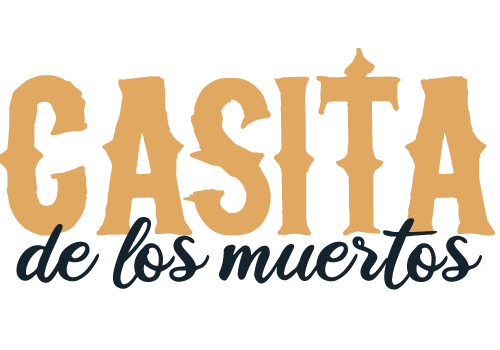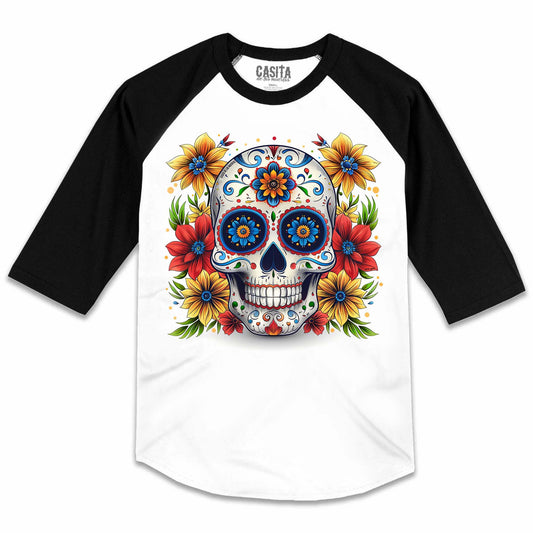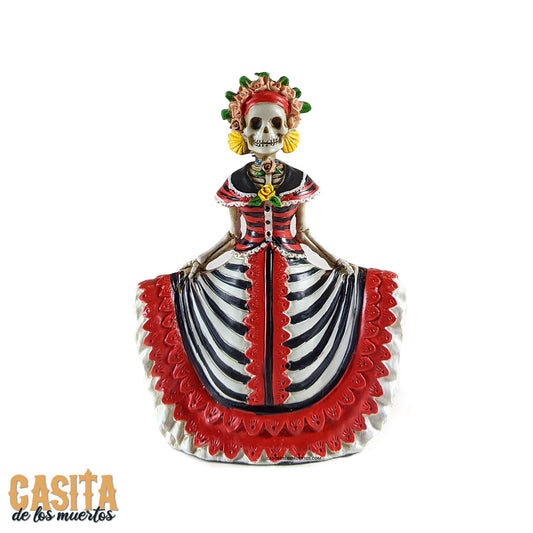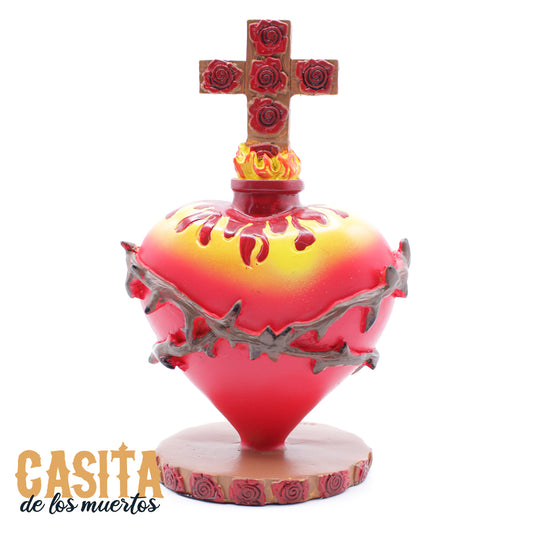Ah, Día de los Muertos—the holiday where death takes a vacation, and the afterlife gets a festive makeover! If you’ve ever wondered about the roots of this vibrant celebration, buckle up, because we’re about to embark on a time-traveling adventure that stretches back over 3,000 years. Let’s dig into the history of Día de los Muertos and see why it’s not just another reason to eat sugar skulls and dance with skeletons.
A Pre-Columbian Party: The Ancient Roots of Día de los Muertos
Our journey begins in ancient Mesoamerica, where the Aztecs and their Nahua neighbors had a rather refreshing view of death. Unlike the typical gloomy outlook, they saw death as a natural part of life’s rollercoaster. Imagine this: when someone kicked the bucket, their soul embarked on a grueling quest to Chicunamictlán, the Land of the Dead. Picture it as the ultimate obstacle course, complete with nine levels and a journey that spanned several years. If they managed to make it through, they reached Mictlán, their final resting spot.
To help their dearly departed navigate this intense adventure, the living folks would provide food, water, and tools. Fast forward to today, and this tradition has evolved into the modern Day of the Dead practices where families leave offerings at gravesites or create altars known as ofrendas in their homes. So, the next time you see a beautifully decorated altar, you’re witnessing a tradition that’s been around since ancient times!
Día de los Muertos vs. All Souls Day: The International Halloween Debate

Now, let’s clear up a common misconception: Día de los Muertos is not Mexico’s answer to Halloween. Sure, both holidays feature costumes and parades, but Día de los Muertos is like Halloween’s cousin with a twist. In ancient Europe, people celebrated the dead with bonfires, dancing, and feasting during the fall. When the Roman Catholic Church swooped in, they absorbed some of these customs into All Saints Day and All Souls Day, celebrated on November 1st and 2nd.
In medieval Spain, the tradition of bringing wine and spirit bread (pan de ánimas) to graves, along with covering them in flowers and lighting candles, was a major highlight. When Spanish conquistadors brought these customs to the New World, they mingled with indigenous practices, creating a unique fusion of traditions—think of it as the ultimate cultural potluck.
Celebrating the Day of the Dead: More Than Just Skulls and Marigolds
So, how do we celebrate Día de los Muertos today? Well, it's not about dressing up like a ghoul and begging for candy. Instead, it’s a time when the line between the living and the dead gets a little blurry. For a brief moment, the souls of the deceased return to join their loved ones in a grand fiesta. Picture this: feasting, drinking, dancing, and music all in honor of those who’ve passed on.
Families create ofrendas (altars) adorned with candles, vibrant marigolds (cempasuchil), and red cock’s combs. They also fill these altars with the deceased’s favorite foods, like stacks of tortillas and juicy fruit. And let’s not forget the sugar skulls—calaveras—that are as sweet as they are symbolic. Originally popularized by the artist José Guadalupe Posada, who used skeletons to satirize politics, these iconic figures have become synonymous with the holiday. His famous creation, La Calavera Catrina, is a stylish skeleton that pokes fun at Mexicans’ adoption of European fashions.
The Tasty Side of Día de los Muertos: Sweet Treats and Traditional Fare
When it comes to food, Día de los Muertos has its own delectable delights. You’ll find sugar candy molded into skull shapes, a nod to both tradition and the sweet tooth. Pan de muerto, a special bread for the occasion, is a must-try—think of it as the Día de los Muertos equivalent of a seasonal donut. And for a year-round treat, enjoy spicy dark chocolate and the corn-based drink called atole.
So, whether you’re indulging in pan de muerto or simply enjoying the festive atmosphere, remember to wish everyone a “Feliz día de los Muertos!”
Dive Deeper into the Celebration
Ready to embrace the colorful world of Día de los Muertos? Check out our collection of Día de los Muertos skulls at Casita De Los Muertos! Our handcrafted skulls are perfect for decorating your ofrenda, adding a touch of festive flair to your home, or finding that unique gift for a loved one.
Shop now and bring a piece of this rich tradition into your life.
Explore our collection and make your Día de los Muertos celebration unforgettable! Shop Crosses →







